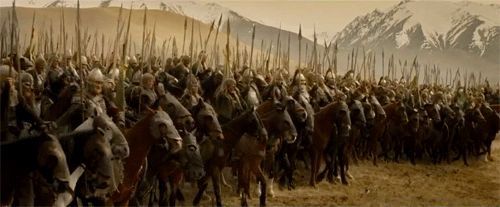A kurgan (Russian: курга́н

is a tumulus, a type of burial mound or barrow, heaped over a burial chamber, often of wood.[1] The Russian noun, which is already attested in Old East Slavic, is borrowed from an unidentified Turkic language,[2] compare Modern Turkish kurğan, which means "fortress". They are mounds of earth and stones raised over a grave or graves. Associated with its use in Soviet archaeology, the word is now widely used for tumuli in the context of Eastern European and Central Asian archaeology.
Pre-Scythian-Saka-Sibirian kurgans (Bronze Age)
In the Bronze Age, kurgans were built with stone reinforcements. Some of them are believed to be Scythian burials with built-up soil, and embankments reinforced with stone (Olhovsky, 1991).
Pre-Scythian-Saka-Sibirian kurgans were surface kurgans. Underground wooden or stone tombs were constructed on the surface or underground and then covered with a kurgan. The kurgans of Bronze culture across Europe and Asia were similar to housing; the methods of house construction were applied to the construction of the tombs.[9] Kurgan Ak-su - Aüly (12th–11th centuries BC) with a tomb covered by a pyramidal timber roof under a kurgan has space surrounded by double walls serving as a bypass corridor. This design has analogies with Begazy, Sanguyr, Begasar, and Dandybay kurgans.[9] These building traditions survived into the early Middle Ages, to the 8th-10th centuries AD.
The Bronze Pre-Scythian-Saka-Sibirian culture developed in close similarity with the cultures of Yenisei, Altai, Kazakhstan, southern, and southeast Amur regions. In the 2nd millennium BC appeared so-called "kurgans-maidans". On a prepared platform were installed earthen images of a swan, a turtle, a snake, or other image, with and without burials. Similar structures have been found in Ukraine, India and South America.[citation needed]
Some kurgans had facing or tiling. One tomb in Ukraine has 29 large limestone slabs set on end in a circle underground. They were decorated with carved geometrical ornamentation of rhombuses, triangles, crosses, and on one slab, figures of people. Another example has an earthen kurgan under a wooden cone of thick logs topped by an ornamented cornice up to 2 m in height.
Scythian-Saka-Sibirian kurgans (Early Iron Age)
The Scythian-Saka-Sibirian kurgans in the Early Iron Age are notable for their grandiose mounds throughout the Eurasian continent. The base diameters of the kurgans reach 500 m (1,600 ft) in Siberia (Great Salbyk kurgan (53°54′10″N 90°45′47″E[11][12]) of the settled Tagar culture); in neighboring China they reach 5,000 m (16,000 ft)[citation needed] (kurgan of the first emperor of China in the 3rd century BC near Sian) (Mason, 1997: 71). Kurgans could be extremely tall: the Great Salbyk kurgan is 22–27 m (72–89 ft)[citation needed] (the height of a 7-story building); the kurgan of the Chinese emperor is over 100 m (330 ft). The presence of such structures in Siberia testifies to a high standard of living and a developed construction culture of the nomads.








